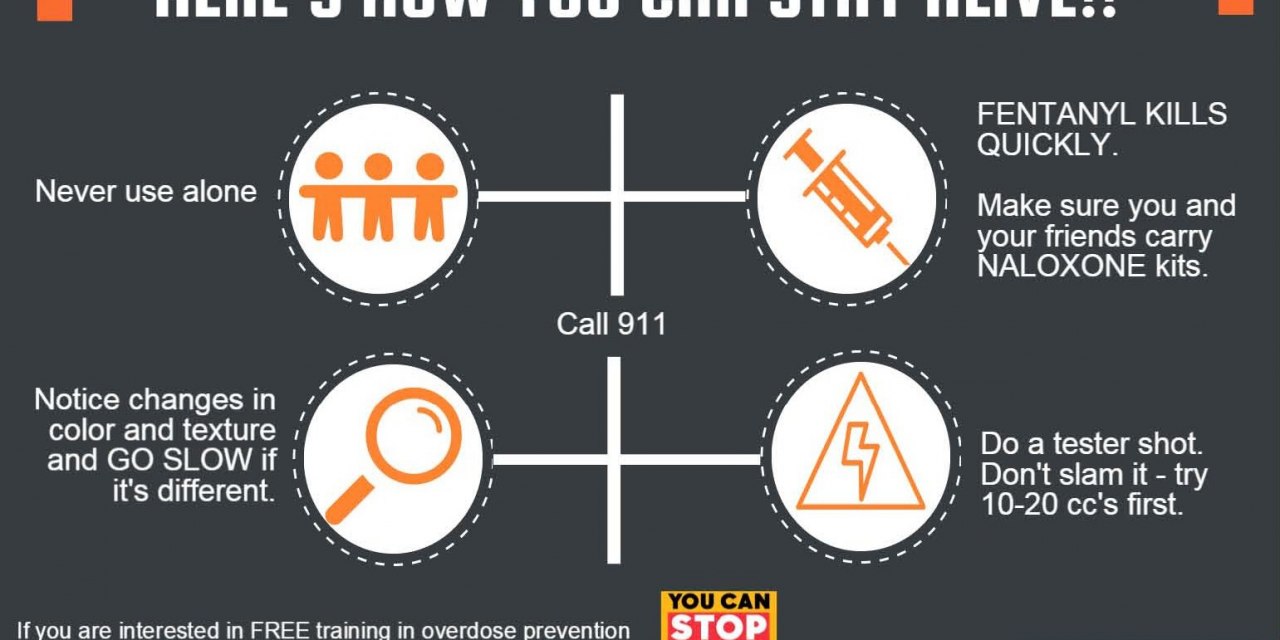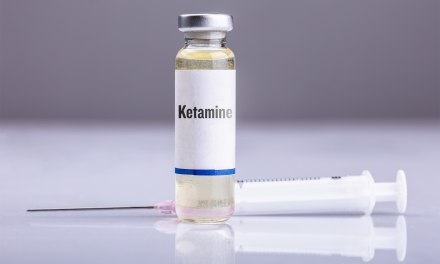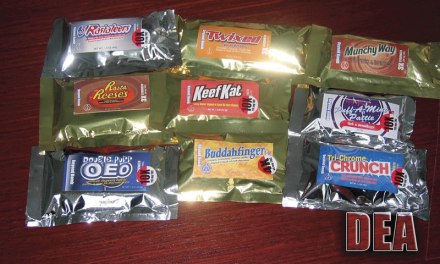Here’s an incident that involved people most observers wouldn’t normally expect to be drug users: cadets from the US Military Academy at West Point.
From The Guardian, dated March 12:
Five of seven people involved in Florida fentanyl-cocaine overdose are West Point cadets
This appears to be more evidence of a larger two-year trend we’ve discussed before — users who set out to ingest a stimulant, but wind up with a potentially lethal dose of fentanyl as well. In fact, the city of San Francisco just issued a public health alert about fentanyl-laced cocaine on the streets. So far there’ve been nine overdose incidents, three fatal.
It’s the cocaine that attracts people, and the fentanyl that may kill them.
“I thought the cocaine epidemic was over”, complained one family physician. “Stuff’s back, is it?”
Indeed it is, and has been for a while now. It’s an illustration of how, even when a drug is no longer in the headlines, it can still be a significant problem for the community.
The latest full-year stats (2020 in this case) put the number of persons who report cocaine use in the past 12 months at an impressive 5.2 million Americans, ages 12 and up. For a Schedule 1 controlled substance, strictly prohibited by law, that’s a pretty darn big number. Many of those users, of course, either have or will develop a serious SUD indicating a need for treatment.
It’s a life cycle we might see with opioids as the years pass and the opioid epidemic ‘ends’. This from another recent article:
“Using a first-of-its-kind, real-time analysis of federal data, [a research study] found that more than 2 million fake pills were seized by officials in the last quarter of 2021 alone – up from 42,000 in the first quarter of 2018. Researchers also found that the number of individual seizures involving fentanyl pills increased by 834%.”
The authors say this reflects widespread availability of fentanyl ‘fakes’ that drug networks have manufactured to look like legitimate medications such as “Percocet, Xanax, and Adderall…”
As for methamphetamine, 2020 statistics put the number of persons with Methamphetamine Use Disorder (MUD) at 1.5 million. Meth is another drug that’s easy to adulterate with fentanyl, difficult for the user to detect by sight, even in powder form.
What does all this mean in terms of prevention? Concluded one team of researchers: “The findings suggest that overdose prevention efforts that focus on opioids alone may be of limited use when many people die from combining the painkillers with cocaine, methamphetamine, or other stimulants…” Sounds like a call for a change in strategy.
A final observation: I’m sometimes asked if fentanyl is the ultimate in opioid potency, at ten to fifty times stronger than heroin. ‘Fraid not. Other synthetics, considerably stronger, have already shown up in the Pittsburgh area and elsewhere.
An analog, if you’re not familiar with the term, is “a structural derivative of a parent compound that often differs from it by a single element.” There exist vast numbers of analogs for various synthetic drugs, including Fentanyl. These super-potent analogs are often mixed with fentanyl to create something far more dangerous.
According to one expert, “These (victims) just crumple and collapse. Frequently they don’t even inject the full syringe…”
Somehow we’ve managed to make relapse to opioids, always a risk, far more dangerous than ever. You’d think this would discourage users, but it can attract them instead. Put the word out that a product is extra-powerful and hardcore fans will often flock to buy it. They’re hoping for something (anything really) strong enough to overcome their elevated tolerances, and once again produce the kind of ‘high’ they haven’t experienced in a very long time.












